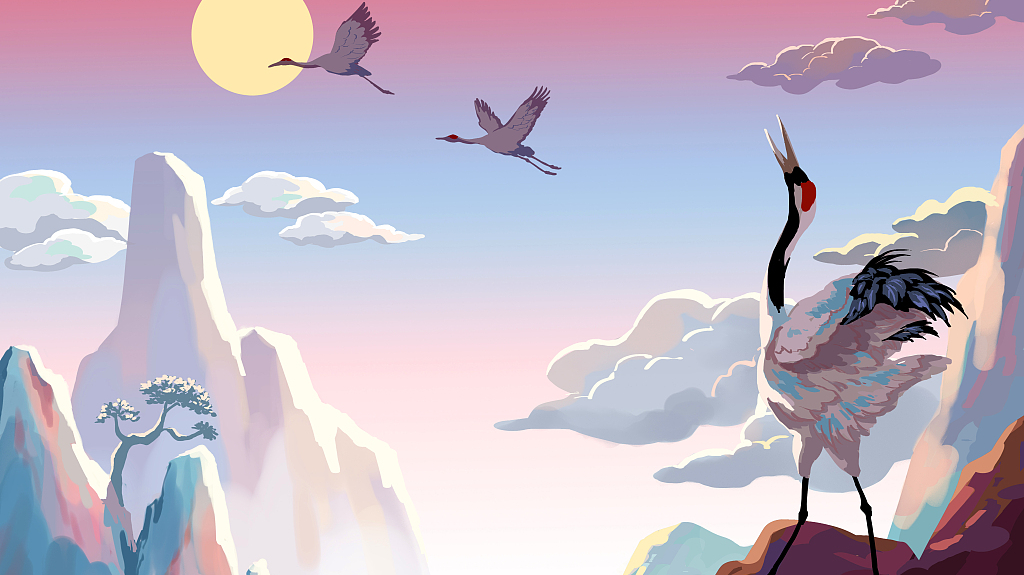
The crane is one of the most loved birds in China. They often appear in paintings and symbolize good wishes, such as longevity. /VCG Photo
The crane is one of the most loved birds in China. They often appear in paintings and symbolize good wishes, such as longevity. /VCG Photo
The crane has been one of the most loved birds in China since ancient times. It is seen as a symbol of noble character and represents longevity. More romantically, the crane represents long-lasting love and loyalty in marriage, as the bird is monogamous and stays with one partner until death.
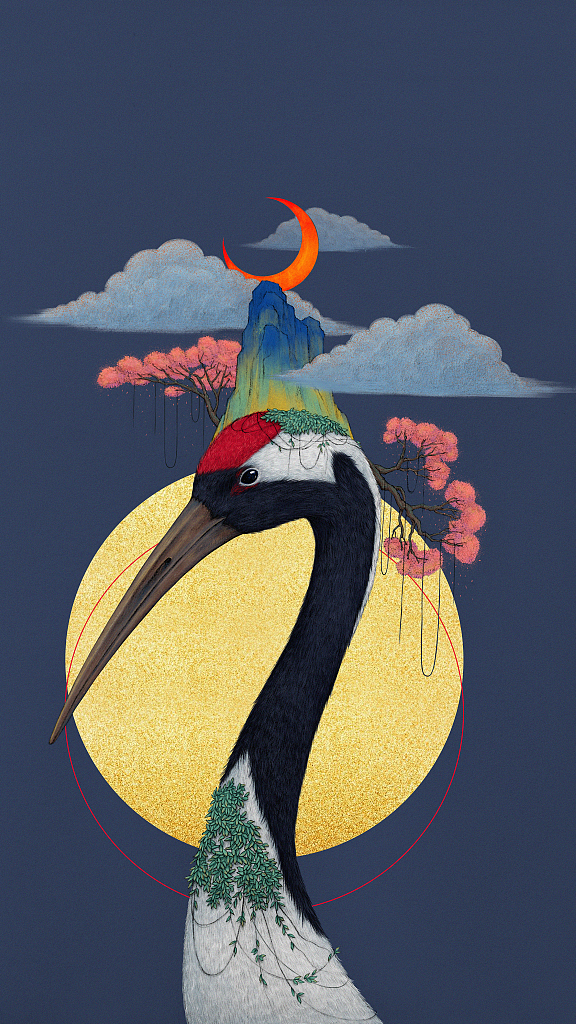
In China, the red-crowned crane is called "fairy crane." It is the partner of immortal gods and heavenly maids in Chinese mythology. /VCG Photo
In China, the red-crowned crane is called "fairy crane." It is the partner of immortal gods and heavenly maids in Chinese mythology. /VCG Photo
The red-crowned crane appears in many ancient Chinese paintings. It is often painted with pines to represent longevity and eternal youth, or with bamboos as an emblem of purity and nobleness. The immortals in Chinese myths were often depicted riding red-crowned cranes.
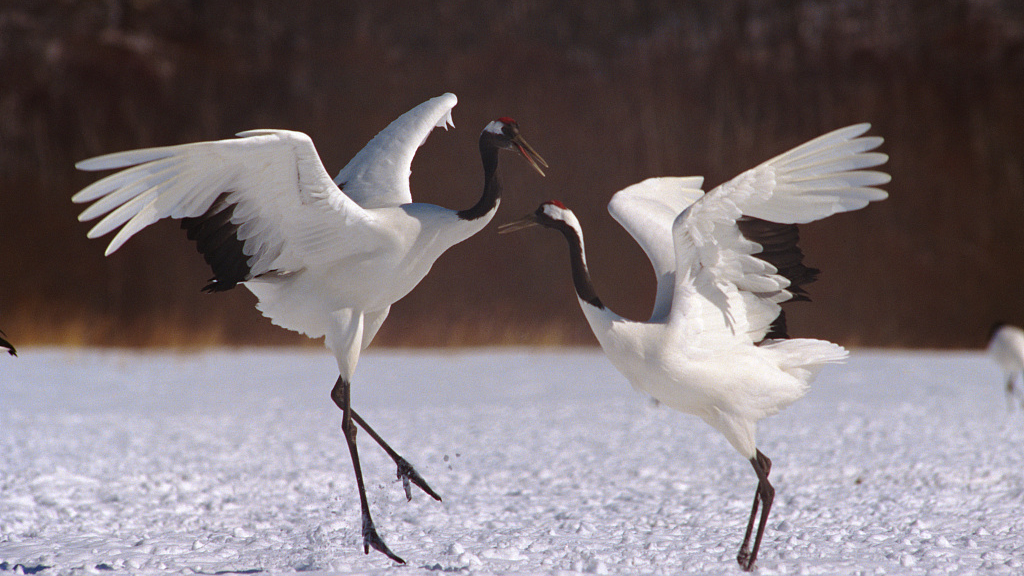
Cranes do beautiful mating dances when "proposing" to their lovers. /VCG Photo
Cranes do beautiful mating dances when "proposing" to their lovers. /VCG Photo
The red-crowned crane is one of the largest and heaviest cranes of the species. It is also one of the longest-living birds, with a life span of 30-40 years in the wild. In captivity, some can even live to 75 years old. However, the beautiful bird is severely threatened. It is listed as "endangered" on the IUCN Red List of Threatened Species, with a small population of 1,830 birds in the wild. It is under China's first-class national protection.

The crane's graceful movements have even inspired Chinese kung fu. /VCG Photo
The crane's graceful movements have even inspired Chinese kung fu. /VCG Photo
The red-crowned crane is not the only crane species in China. There are 15 crane species worldwide, and China has nine of them. Check out the gallery below to see them all.
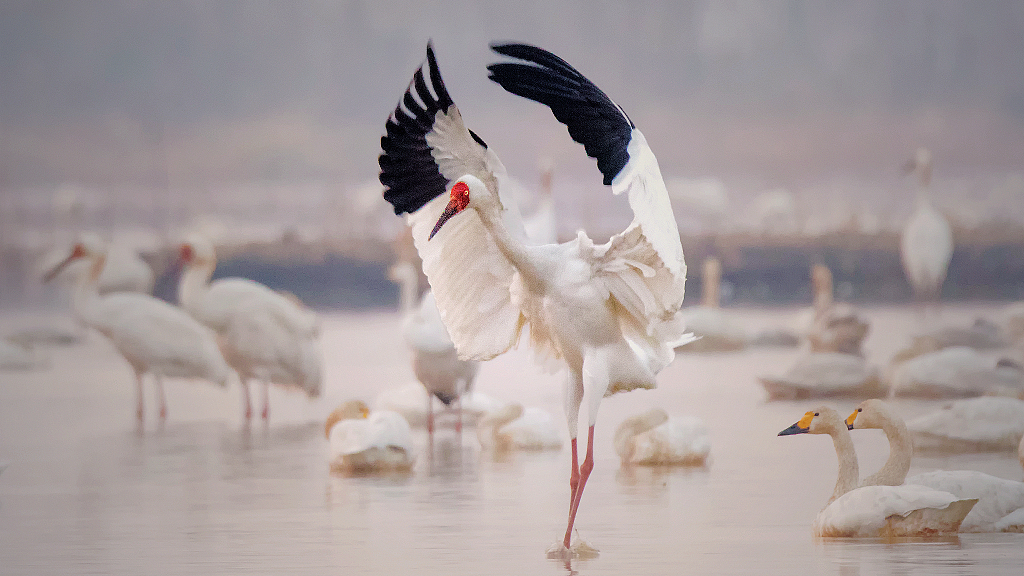
The Siberian crane. /VCG Photo
The Siberian crane. /VCG Photo
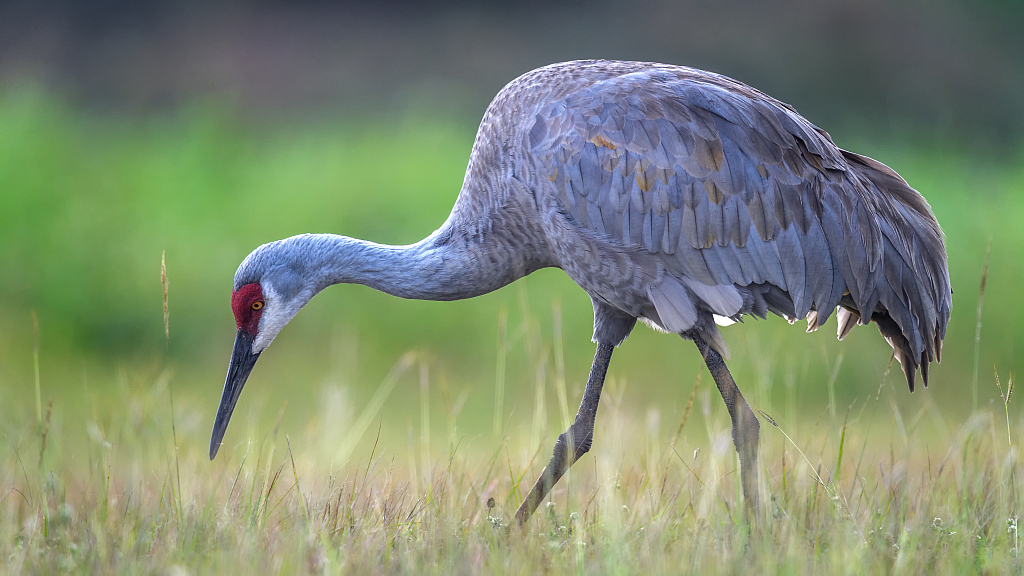
The sandhill crane. /VCG Photo
The sandhill crane. /VCG Photo

The white-naped crane. /VCG Photo
The white-naped crane. /VCG Photo
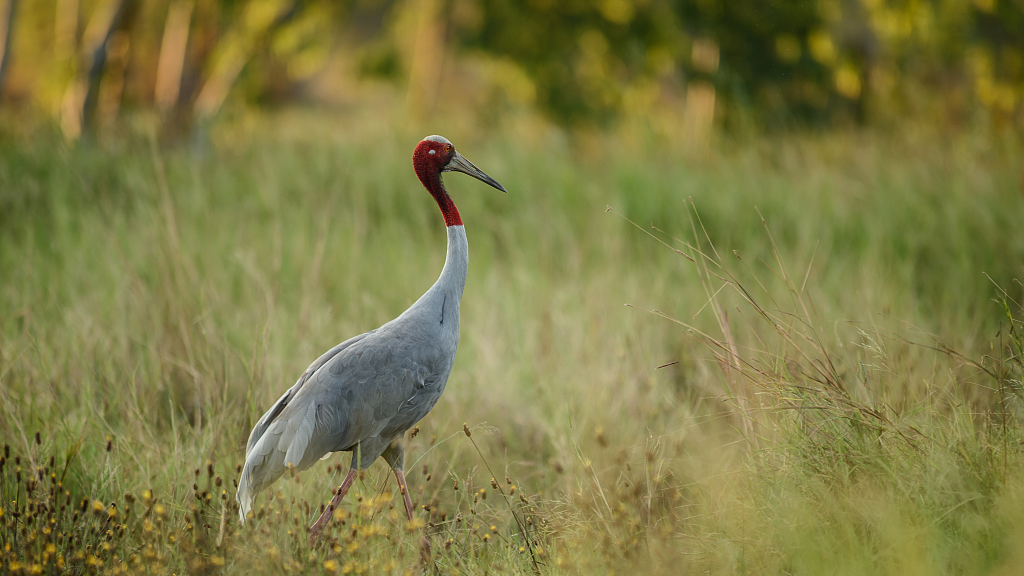
The sarus crane. /VCG Photo
The sarus crane. /VCG Photo

The Demoiselle crane. /VCG Photo
The Demoiselle crane. /VCG Photo
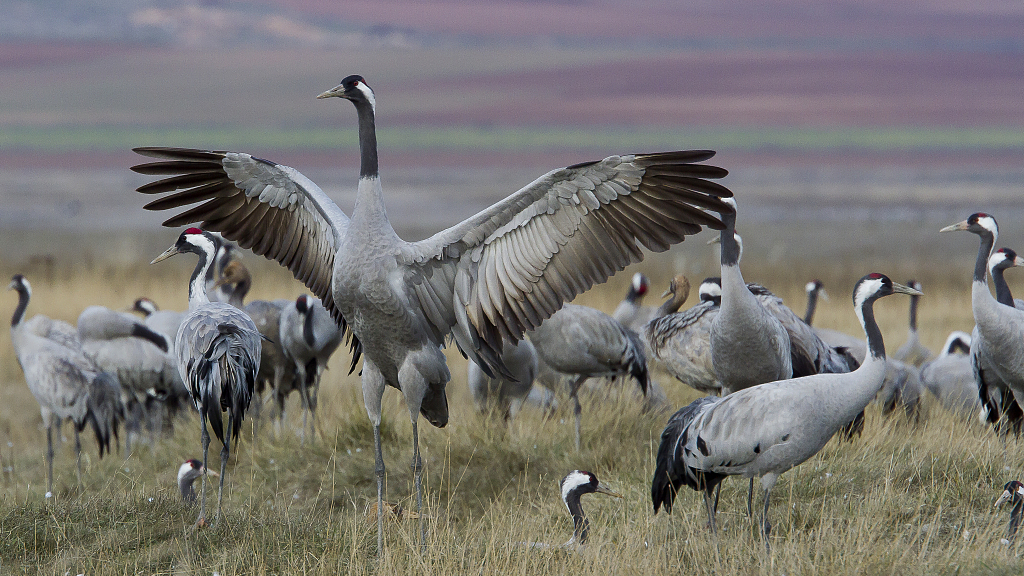
The common crane. /VCG Photo
The common crane. /VCG Photo

The hooded crane. /VCG Photo
The hooded crane. /VCG Photo
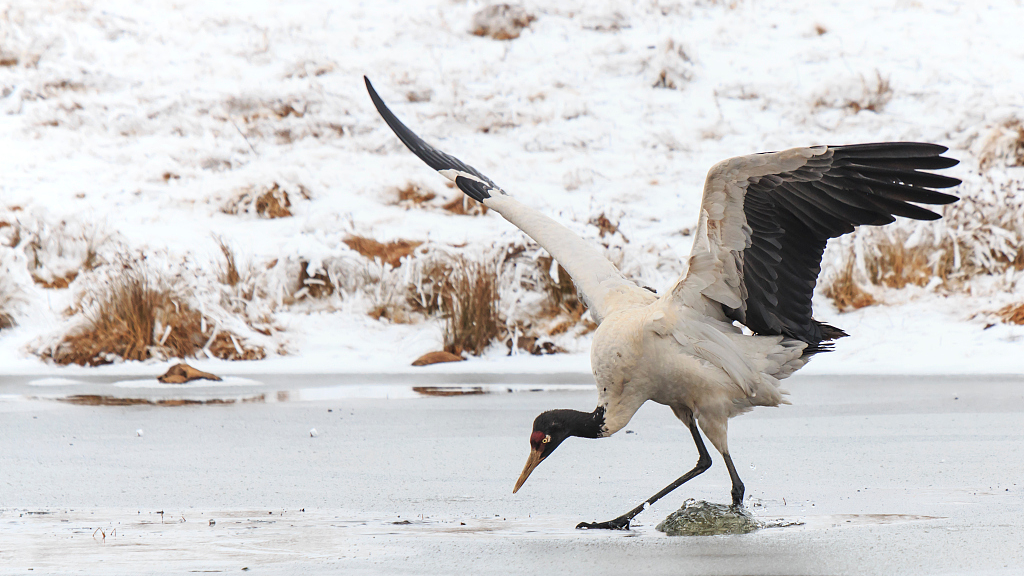
The black-necked crane. /VCG Photo
The black-necked crane. /VCG Photo

The red-crowned crane. /VCG Photo
The red-crowned crane. /VCG Photo
(All images via VCG)
(If you want to contribute and have specific expertise, please contact us at nature@cgtn.com.)